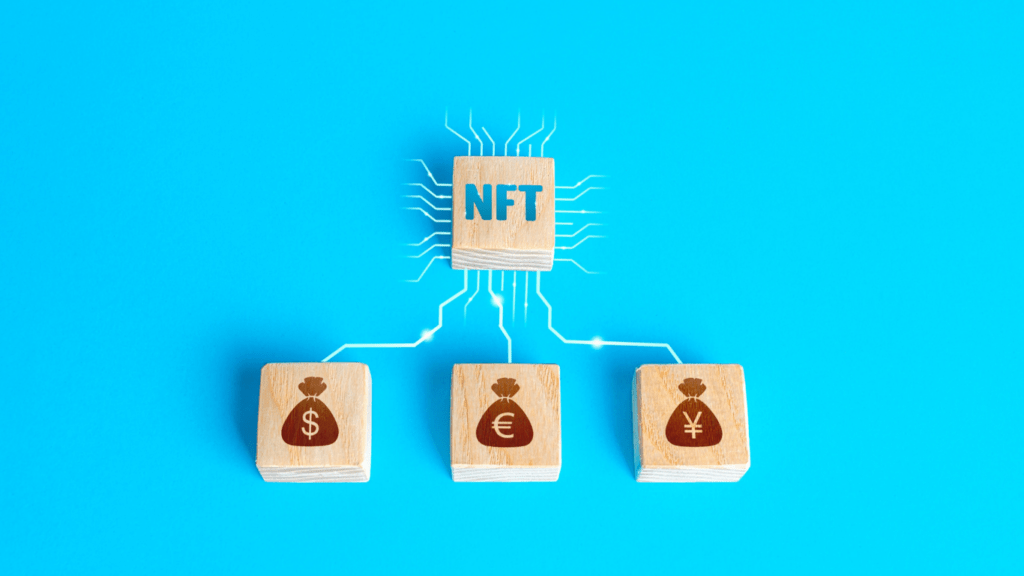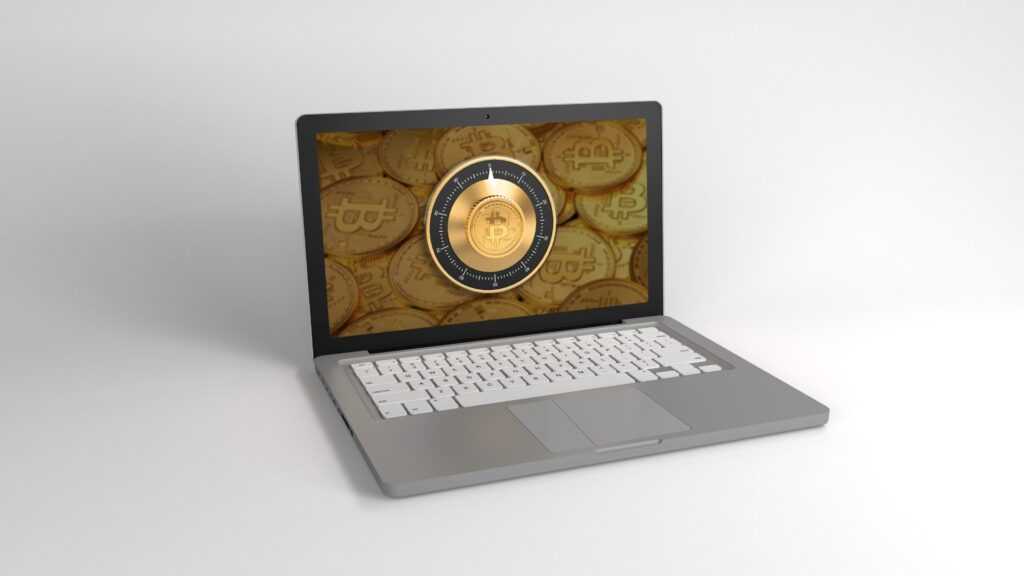Understanding Crypto Wallets and NFTs
Secure storage of digital assets requires knowledge of both crypto wallets and NFTs.
What Is a Crypto Wallet?
A crypto wallet is a digital tool for storing cryptocurrencies and NFTs. Crypto wallets come in different forms, such as hardware wallets (e.g., Ledger, Trezor), software wallets (e.g., MetaMask, Trust Wallet), and paper wallets.
Hardware wallets provide offline storage, enhancing security. Software wallets offer ease of use and accessibility via devices like smartphones or computers. Each wallet type has unique features, pros, and cons, tailored to various user needs.
What Are NFTs?
NFTs, or Non-Fungible Tokens, represent unique digital assets. Unlike cryptocurrencies, NFTs are indivisible and distinct. These tokens often signify ownership of digital art, collectibles, music, apps, or virtual real estate. Built on blockchain technology, NFTs provide verifiable ownership, rarity, and provenance.
Popular blockchain networks for NFTs include Ethereum, Binance Smart Chain, and Flow. Due to their unique characteristics, NFTs play a significant role in the digital economy.
Types of Crypto Wallets Suitable for NFT Storage
Choosing the right crypto wallet is crucial for protecting your NFTs. Major categories include hot wallets and cold wallets.
Hot Wallets
Hot wallets, being digital and internet-connected, offer convenience. Examples include MetaMask and Trust Wallet. Use these for frequent transactions due to their ease of access. Secure them using two-factor authentication to mitigate risks.
Cold Wallets
Cold wallets, on the other hand, are offline, providing enhanced security. Ledger and Trezor serve as key examples. Store valuable NFTs here to avoid hacking risks. Though less convenient for quick transactions, their security makes them ideal for long-term storage.
Benefits of Using Crypto Wallets for NFTs

Crypto wallets offer essential advantages for NFT storage, making them pivotal tools in the realm of digital assets.
Security Features
Crypto wallets enhance NFT protection. They include encryption and two-factor authentication (2FA) to safeguard assets. For instance, cold wallets like Ledger and Trezor use offline storage to prevent hacking. Hot wallets, such as MetaMask, provide encrypted backups, ensuring data safety during transactions. These features cumulatively provide a robust defense against unauthorized access and cyber threats.
Ownership and Control
Crypto wallets give me full control over my NFTs. With private keys, I alone access and manage my assets. Unlike third-party platforms, which hold custody of the assets, wallets ensure that ownership remains exclusively mine. This autonomy prevents potential loss or restrictions imposed by external entities.
For example, using a Ledger wallet allows me to securely store, trade, and transfer NFTs without relying on intermediaries, thereby maintaining complete governance over my digital collectibles.
Key Considerations When Choosing a Crypto Wallet
Using a crypto wallet for NFT storage requires selecting the right one. Factors like compatibility, interface, and security play crucial roles.
Compatibility With Various NFT Marketplaces
A crypto wallet’s compatibility with NFT marketplaces directly impacts its usability. Major marketplaces like OpenSea, Rarible, and Foundation often support popular wallets, including MetaMask and Trust Wallet.
Wallet support enhances the ability to buy, sell, and transfer NFTs smoothly.
Wallet Interface and Ease of Use
The interface of a crypto wallet affects user experience significantly. User-friendly wallets make managing NFTs simpler. For instance, wallets like MetaMask feature intuitive designs that guide users through storage and transactions. Prioritize wallets with clear navigation and responsive customer support to improve overall efficiency.
How to Set Up and Secure Your Crypto Wallet
Setting up and securing your crypto wallet for NFT storage doesn’t need to be complex. Here’s a straightforward guide to ensure your NFTs are stored safely.
Steps to Set Up
- Choose a Wallet: Select a crypto wallet, such as MetaMask for hot storage or Ledger for cold storage. Ensure it supports NFTs and is compatible with major NFT marketplaces.
- Download and Install: Download the wallet app or extension from its official website. Beware of phishing sites.
- Create an Account: Follow the instructions to create a new wallet. You’ll set up a unique wallet address.
- Secure Your Seed Phrase: Write down your seed phrase on paper. Store it in a secure location. Avoid saving it digitally to prevent hacks.
- Add Funds: Transfer cryptocurrency to your wallet to facilitate NFT transactions. Use secure transfer methods.
- Connect to Marketplaces: Link your wallet to NFT marketplaces like OpenSea or Rarible to start buying, selling, or storing NFTs.
- Enable Two-Factor Authentication (2FA): Add an extra layer of security with 2FA. Most wallets support apps like Google Authenticator.
- Use Strong Passwords: Create complex passwords combining letters, numbers, and symbols. Avoid using common words or patterns.
- Regularly Update Software: Keep your wallet software up to date. Updates often include critical security patches.
- Avoid Public Wi-Fi: Avoid accessing your wallet over public Wi-Fi. Use a secure, private internet connection.
- Monitor for Suspicious Activity: Regularly check your transactions. Immediately investigate any unauthorized activities.
- Backup Your Wallet: Regularly backup your wallet data. Ensure the backup is encrypted and stored separately from your seed phrase.
By following these setup steps and security practices, you can confidently use your crypto wallet for storing and managing NFTs.






